-
TrackoBit
Manage commercial vehicles with the new-age Fleet Management Software
TrackoBit -
TrackoField
Streamline your scattered workforce with Field Force Management Software
TrackoField -
Features Resources
-
Blog
Carefully curated articles to update you on industrial trends. -
White Paper
Insightful papers and analysis on essential subject matters. -
Glossary
Explore an alphabetical list of relevant industry terms. -
What’s New
Get TrackoBit & TrackoField monthly updates here. -
Case Study
Explore the cases we solved with our diverse solutions. -
Infographics
Explore key topics through visually impactful infographics.
-
About Us
Get to know TrackoBit: our team, ethos, values, and vision. -
Careers
Join the most dynamic cult of coders, creatives and changemakers. -
Tech Support
Learn about our technical support team and services in detail. -
Events
Check out the exhibitions where we left our marks and conquered. -
Contact Us
Connect with us and let us know how we can be of service.
Hardware and TrackoBit Go Together in Fleet Management Systems
- Author:Ayushi Nagalia
- Read Time:7 min
- Published:
- Last Update: February 4, 2025
Table of Contents
Toggle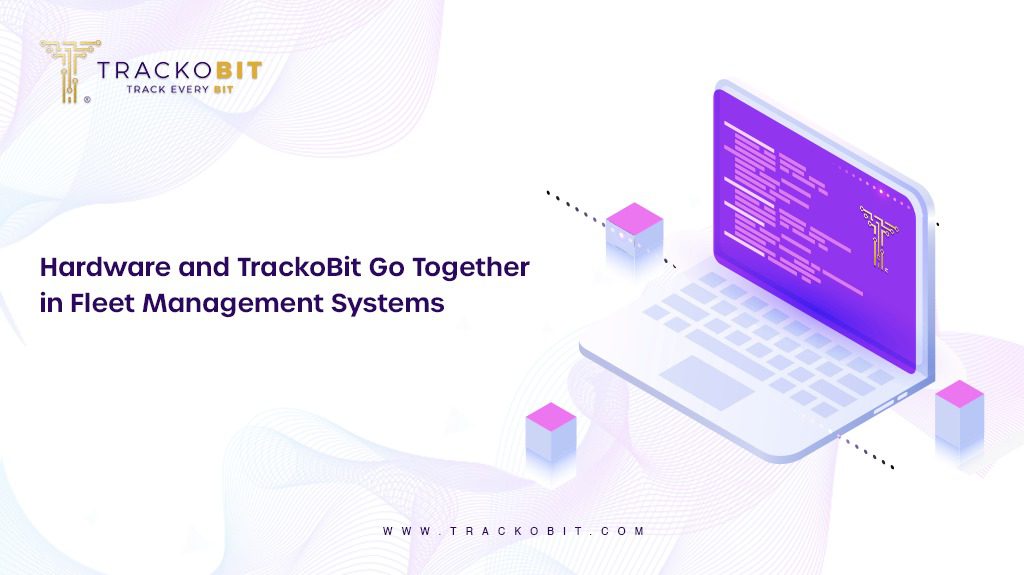
The world is getting smart and so are all gadgets and devices. Technology has taken over our routines and can be seen everywhere.
Table of Contents
Toggle
From smart home devices to commercial vehicle equipment for superior fleet management systems – IoT is everywhere.
Do you know what makes these devices smart? The seamless integration of the proper hardware with software.
In fleet management, using appropriate hardware is a mandate for flawless information exchange which helps understand your vehicles. However, the hardware gets nowhere without the right software either. If you’re a GPS tracking hardware manufacturer, a fleet owner, or a complete fleet management system aggregator, this blog will help you get some perspective!
What Are The Two Puzzle Pieces to Optimum Fleet Management System?
In earlier times, fleet management had everything to do with intellectual understanding and less to do with devices. However, that was at a time when GPS tracking and geospatial technologies were in their nascent stages.
In the modern day, fleet management needs both hardware and software to work at its best. Therefore, the two pieces to high-level fleet management systems are:
-
- Hardware
- Software
Fleet managers can go ahead and look for the two puzzle pieces by themselves and then try to fit them into one piece. However, why should they put in so much effort when you can easily offer a complete fleet management system? All you have to do is coordinate between a fleet management software and hardware company and fit the two into one another.
Fleet managers could either
-
- Contact you, a hardware manufacturer or aggregator to see if you offer a complete fleet management system. Or,
- Get software and hardware from multiple places and try to build a digitally powered machine for their fleet
The better choice in this situation, both for you and fleet managers is the former. Why? Because they will save money and effort in trying to do something you already offer. Moreover, since you don’t necessarily have to work on development and manufacture, you can work on better client satisfaction. For you, you’ll definitely be getting more productive business through this process.
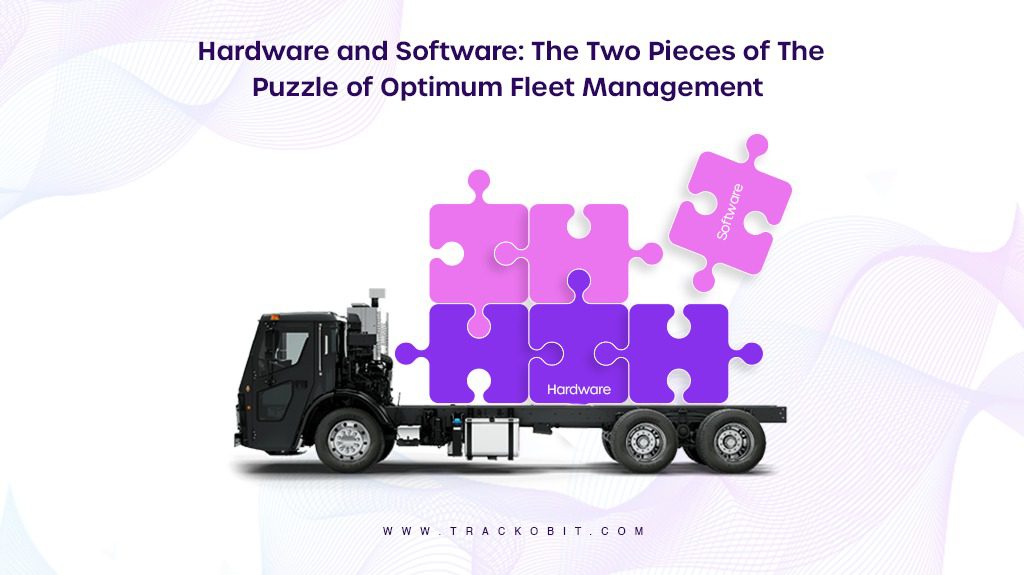
Some Hardware Needed for Optimum Fleet Management
As fleet management software providers, we look into the holistic analytical and geospatial functionality of the fleet. Therefore, we understand some device requirements that a general fleet owner might not be aware of.
Here is a list of some of the most important GPS tracking and geospatial devices we necessarily need for optimum fleet management.
For Tracking
GPS tracking is the biggest reason why fleet managers specifically need devices. After all, you can track numbers, but if you want specific locations, fleet managers will need external help.
- Satellite communication modem
- GPS tracker
- OBD scanner
- Digital tachograph
For Video Telematics
Video telematics helps managers be omnipresent in their vehicles. Moreover, you have to simply manufacture or acquire cameras, the rest is the software’s duty.
- Front-facing dash cam
- Rear-facing dash cam
- Side-facing cameras
- Sound and light alarms
Operational Sensors
Fleets from different industries will need different operational sensors. Therefore, if you can not manufacture them all, make sure you know where to acquire them from.
- Tank fill sensor
- Tyre pressure monitor
- Cabin thermometer
- Accelerometers
For Safety
Most safety hardware finds its true purpose only when paired with optimum fleet management software like TrackoBit. You can offer the following devices, but they will truly benefit a fleet when software adds functions and assigns tasks to them.
- eLocks
- Light alarms and speakers
- SOS buttons
- Ignition lock
Problems With Hardware Without Fleet Management Software
Without seamless integration between hardware and software, the chances of a fleet management software system working optimally fall drastically. Whether you are a hardware manufacturer or aggregator, if the fleet sensors are not compatible with a single software, you’d be in deep trouble. Let’s understand why in this section.
POV: Manufacturer/Aggregator
You cannot sell products until they can prove to be of some practical use, right? Therefore, here are a couple of problems you are bound to face when you don’t tie up with a software provider and try to see hardware by itself:
- Multiple Software: Imagine having multiple software for multiple products and trying to sell them to a serious fleet manager. Nobody would want multiple apps on their phone when they can just work with one. After all, it will massively screw up their management process, flow, and simplicity.
- Low Flexibility: If you’re dealing in hardware and then hoping to coordinate with your client’s software provider, you’re in for a tough ride. You need to remember that not all software is compatible and flexible enough to accommodate and make the best of hardware they’re not accustomed to.
- Fewer Usecases: Without software, hardware such as accelerometers get stuck only to their primary function. However, with software, all your devices can have more than one use and can offer higher value.
- Low Clientage: Most fleet managers are looking to reduce the efforts they have to put instead of increasing it. Therefore, the chances of fleet managers looking for only hardware are much lower than for them looking for a complete vehicle management system. If you don’t offer a complete system, you will miss out on some clients.
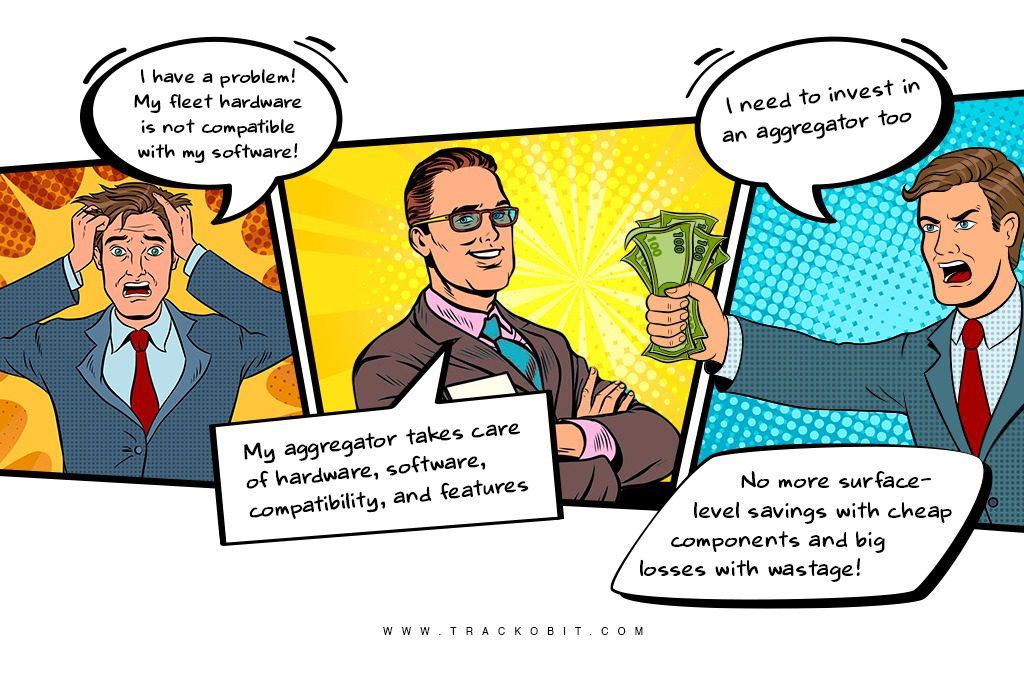
POV: Fleet Manager
Sure, on the surface, getting hardware and software from multiple places might seem like the cheaper bet. After all, you can negotiate and get lower prices for things, right? However, what you might not account for is that you will end up flying into a pricier, more confusing trap if you get hardware without dedicated software. Here are some reasons why:
- Multiple Software: Do you like specific hardware but it doesn’t integrate into your software system? Let it go. Why? Because multiple apps will reduce your fleet management efficiency. Your workflow’s simplicity will break and there can be data fallacies in your fleet analytical reports.
- Low Analytics: If you use multiple devices with multiple apps, you will get productivity reports from all of them individually. However, you will lose out on overall fleet reports and functions such as driver management that require multiple sensors to work together. The lower the analytics, the lower the chances for products.
- Confusing Servicing: Imagine having to run to multiple providers to get faulty systems fixed. With a single fleet management system provider fulfilling your software and hardware needs, you will only have to run to them in case there’s any issue in your system.
- Bad Operational Structure: In the B2B structure what we need the most is operational structure clarity. However, with multiple hardware and software providers, you’ll have a difficult time finding the right structure while accommodating all the facilities you’ve dabbled into. Only with software can you build an optimum operational structure.
Why Get Fleet Management Structure to Compliment Your Hardware?
By now, it must be abundantly clear to you that just manufacturing hardware will not cut it. You necessarily need fleet management software to make your business thrive and function. Here are a couple of reasons why:
- Sell Solutions, Not Products: With software, your products earn more meaning. Through the white label fleet management software you’re subscribed to, you’re not selling hardware but analytical solutions. Your products will have better use cases and your clients’ entire fleets will rely on your system and updates.
- Clients Come to You: Fleet management systems cost money. Therefore, more likely than not, convincing fleets to integrate a technical system is not possible. However, when a fleet manager needs technical aid, they’ll come to you – not the other way round.
- Everything is Integrated: What if you manufacture/offer 10 types of products and only seven of them are compatible with the client’s software? How will you provide them with the other three? However, if you have dedicated software, all your products will be integrable with it and neither you nor your clients will have to look elsewhere to get complete aid.
- You Offer Serious Value: With a compatible fleet management system, you don’t just offer devices to collect data. Instead, you also offer a system to understand and use that data. Your products might cover your fleet, but it is only when paired with software that the fleet’s products, safety, and strategy become bulletproof.
- Double the Research: You research what hardware works in the market. Your software provider searches for the latest functions needed. Now your system is powered by twice the research. Ask the software provider to add more modules to make more use of your products while the developer can ask you to manufacture products according to their software updates.
Summing Up
Serious fleet management is not possible, especially without the IoT network and devices available and needed today. After all, you do not want to fall into the trap of inadequate fleet management, right?
You need to be using adequate hardware that can work with any software, You also need to use the right software that works with all your equipment. Therefore, if you are a hardware manufacturer, know that you will need fleet management software to build the right system.
Ayushi Nagalia is a Senior Content Specialist at TrackoBit. She is a marketing maverick with a lush background in literature. With years of experience crafting content for various niches, she speciali... Read More
Related Blogs
-

How to Use Driver Behavior Reports as a Sales Hook to Close Big Fleets
Tithi Agarwal October 16, 2025TrackoBit’s driver behavior reports empower fleet providers to win big contracts by showcasing safety, efficiency, and measurable ROI.
-
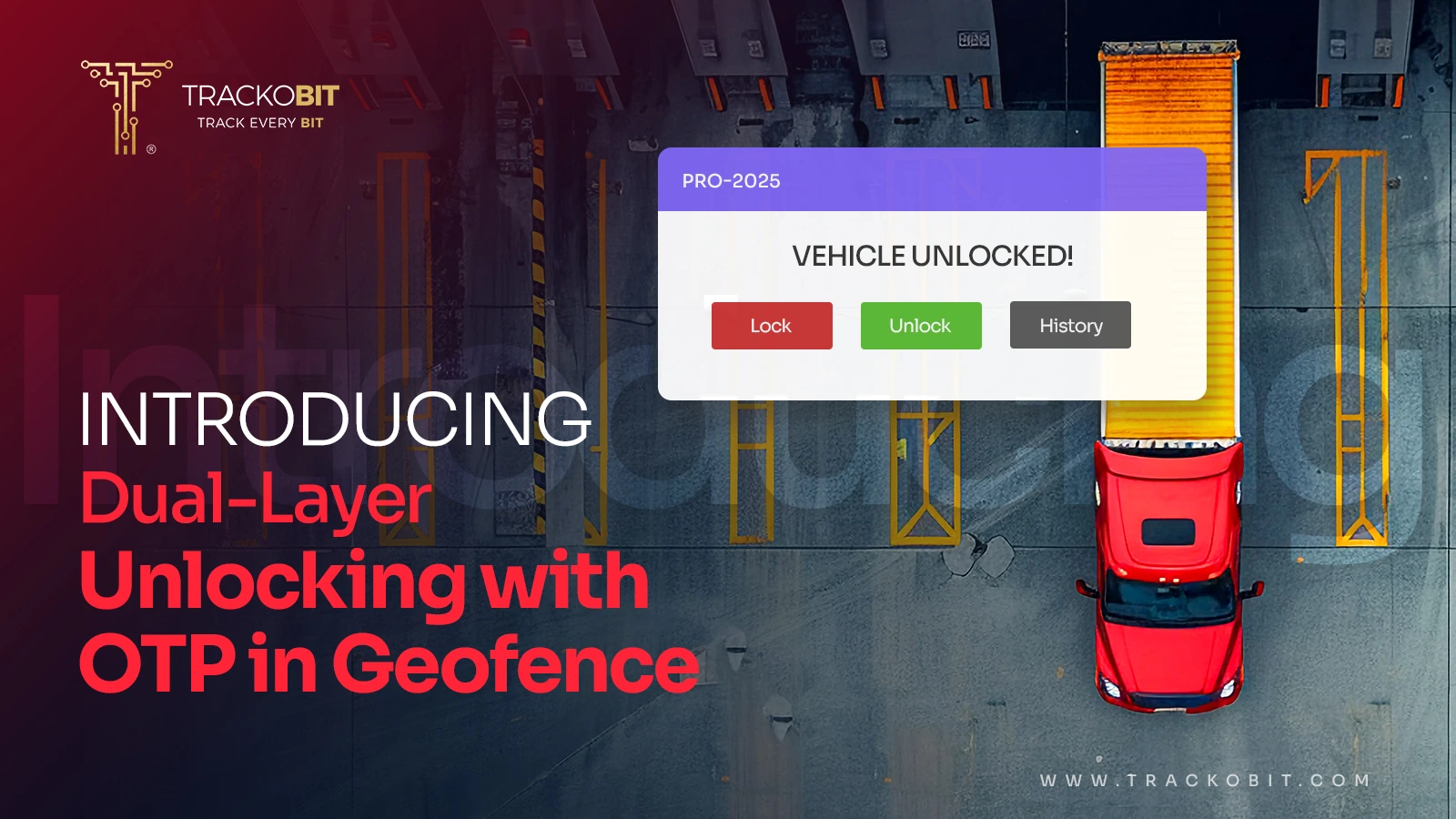
TrackoBit’s Unlocking in Geofence with OTP: Elevating Cargo Protection
Tithi Agarwal September 16, 2025TrackoBit’s latest feature – Unlocking in Geofence with OTP lets you lock out theft and unlock cargo only at the…
-
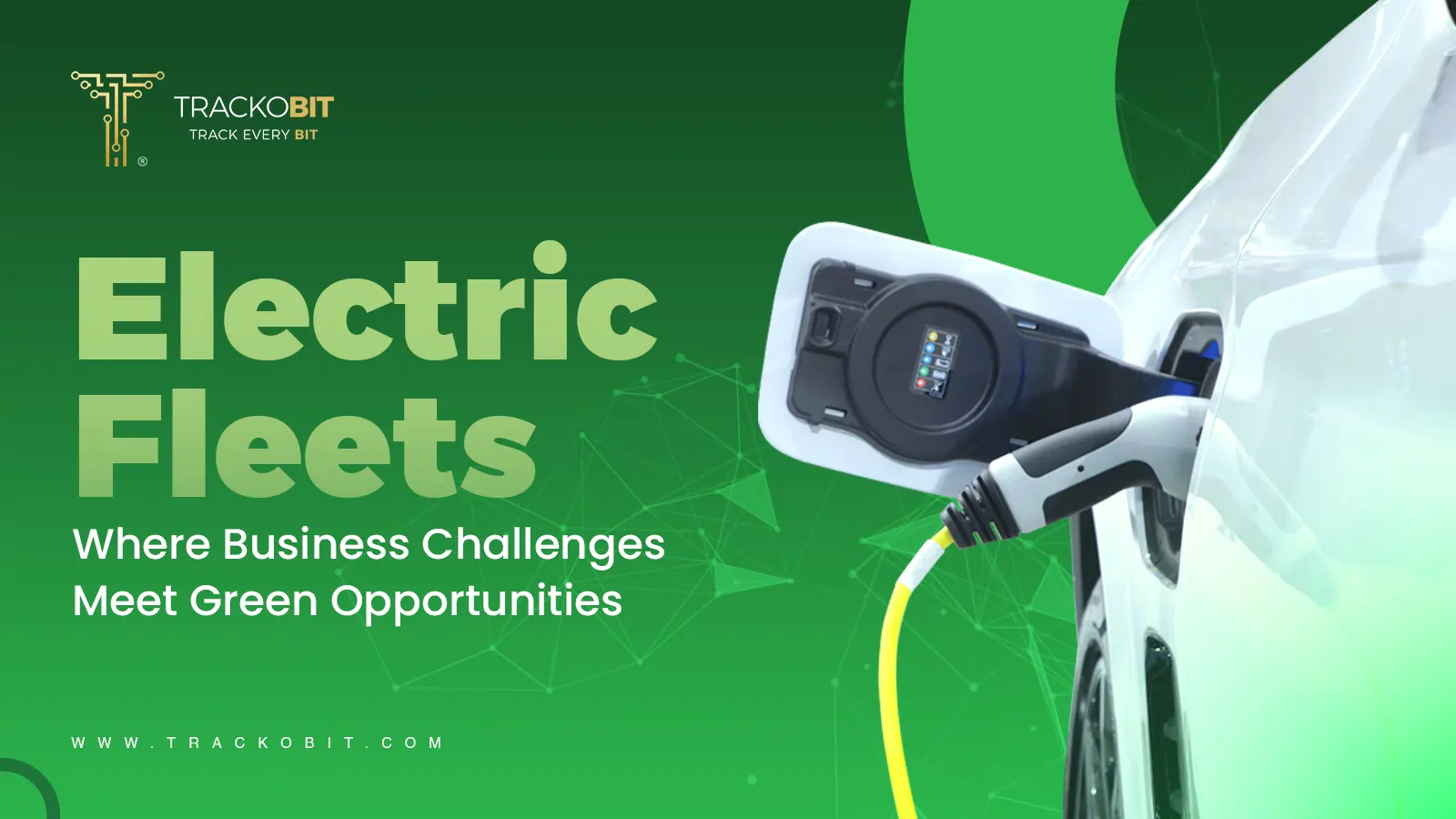
The Rise of Electric Fleets: Challenges and Opportunities for Businesses
Tithi Agarwal September 4, 2025The global fleet landscape is poised for a decade-long transformation. This change is being powered by electricity. Logistics-led businesses are…
-
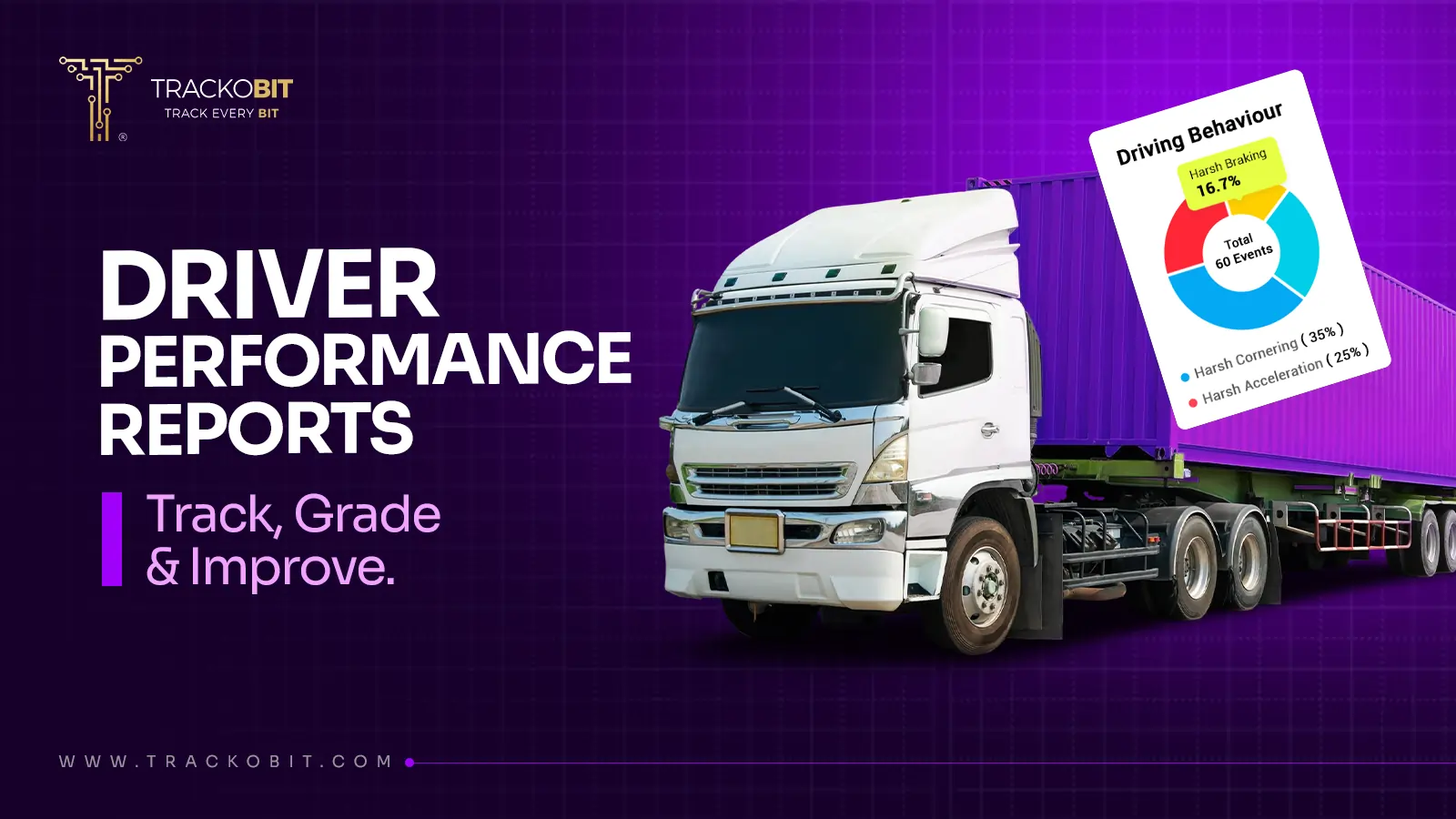
Who’s Really Behind the Wheel? Unlocking Insights with Driver Performance Reports
Tithi Agarwal August 27, 2025Identify top-performing drivers, monitor violations, and grade skills with the driver performance report. This makes fleet operations more transparent and…

Subscribe for weekly tips to optimize your fleet’s potential!
Your inbox awaits a welcome email. Stay tuned for the latest blog updates & expert insights.
"While you're here, dive into some more reads or grab quick bites from our social platforms!"Stay Updated on tech, telematics and mobility. Don't miss out on the latest in the industry.
We use cookies to enhance and personalize your browsing experience. By continuing to use our website, you agree to our Privacy Policy.

































